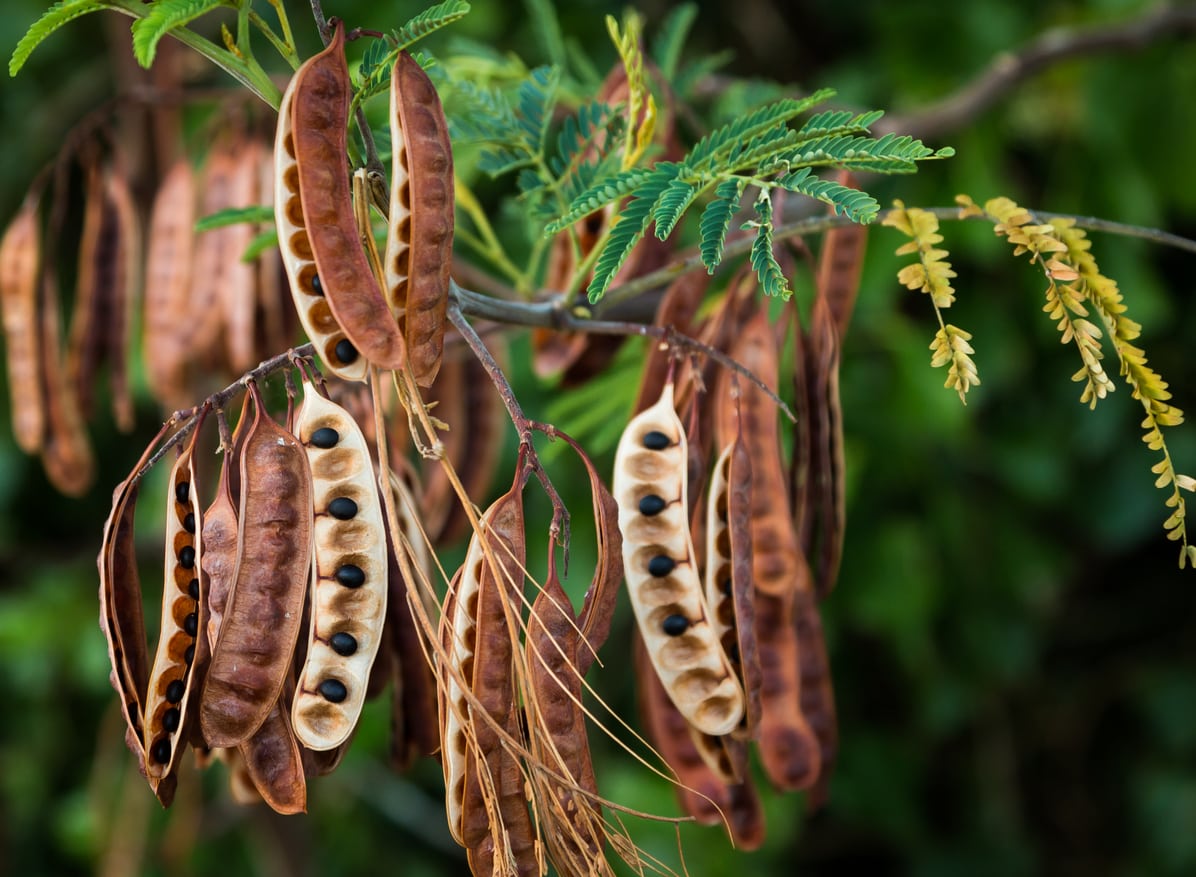Propagating Acacia Trees – Learn How To Grow New Acacia Trees


Acacias are a genus of trees and shrubs that are usually native to Australia and Africa and best suited to warm climates. While there is a lot of variety within the genus, acacias tend to be attractive, with beautiful yellow or white flowers and, in some cases, impressive thorns. But what do you do if you want more acacias in your life? Keep reading to learn more about acacia reproduction and how to grow new acacia trees.
Acacia Propagation Methods
As a rule, acacia propagation tends to be by seed. Acacias produce big, distinctive seed pods that are hard to miss, and the seeds inside can usually be planted successfully. This method can be a problem, however, if you are looking to propagate a specific cultivar. Some seeds from cultivars and hybrids will not necessarily grow true to type – you may plants seeds from a parent with a very specific flower color or growth pattern, and find its child doing something completely different. Because of this, propagating acacia trees from cuttings is a safer bet if you’re dealing with a hybrid or specialized cultivar. Cuttings will always grow true to type, since they’re technically the same plant as their parent.
How to Propagate Acacia Trees
Propagating acacia trees from seed is quite easy. The large pods will turn brown and split open on the tree – if you keep an eye on them, you can harvest pods just before they split. In many species of acacia, the seeds have a hard coating on them that, in nature, is burned away naturally by bushfires. You can get rid of this coating by pouring boiling water over the seeds and allowing them to soak for 24 hours. Check your species of seed to see exactly what kind of pre-treatment is needed. After this, the seeds can be planted in regular potting mix at a depth of about twice their thickness. They should germinate in 10 to 20 days. Acacia reproduction from cuttings requires a 3- to 4-inch (7.5-10 cm.) long piece of new growth. The best time to do this is late summer or early autumn. Remove all but the top leaves from the cutting and sink it in good potting material. Cuttings tend to root better in a warm, moist environment with indirect light. The success of cutting propagation varies widely depending upon the species.
Sign up for the Gardening Know How newsletter today and receive a free copy of our e-book "How to Grow Delicious Tomatoes".

The only child of a horticulturist and an English teacher, Liz Baessler was destined to become a gardening editor. She has been with Gardening Know how since 2015, and a Senior Editor since 2020. She holds a BA in English from Brandeis University and an MA in English from the University of Geneva, Switzerland. After years of gardening in containers and community garden plots, she finally has a backyard of her own, which she is systematically filling with vegetables and flowers.